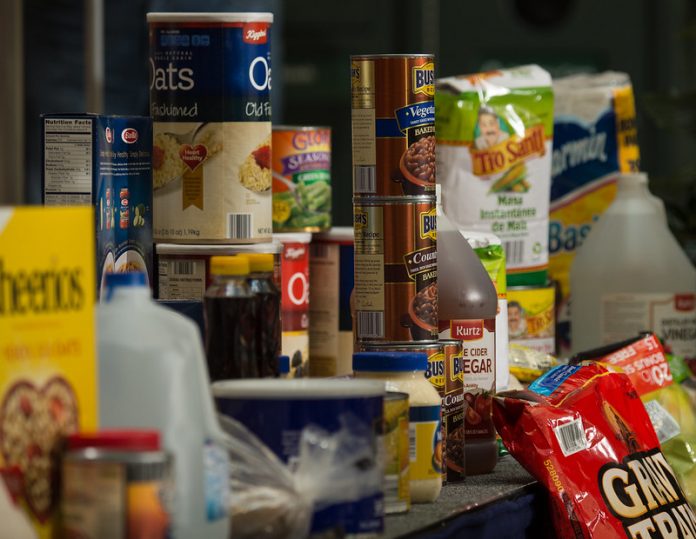A reminder that this coming Saturday, May 14, is the annual Stamp Out Hunger Food Drive.
Letter carriers in more than 10,000 communities will collect food donations along their postal routes to restock food banks and pantries during Stamp Out Hunger.
Stamp Out Hunger is the nation’s largest one-day food drive and the Food Bank of Northern Indiana’s largest drive each year.
After a two-year pandemic pause in 2020 and 2021, the Food Bank’s 2022 goal is to collect 100,000 pounds of non-perishable food items to restock its shelves for the summer months when the need is high and food drive donations are typically low.
Most needed items include:
Canned Soup
Boxed Dinner Meals
Peanut Butter
Jelly
Breakfast Cereal
Macaroni and Cheese
Boxed Noodles – any variety
Spaghetti Sauce
Canned Fruit
Canned Vegetables
Canned Chicken, Tuna, and Spam
Personal Care Items (toilet paper, bar soap, toothbrushes, toothpaste, shampoo, conditioner, deodorant, body wash, etc.)
Cleaning Supplies (laundry detergent, dish soap, all-purpose cleaner, etc.)
*Pop-top lids and no glass jars, please.
Stamp Out Hunger began in 1993 as an outreach into the community by the NALC. In the 30 years since it began, Stamp Out Hunger has collected 1.82 billion pounds of food for people in need across the United States.
In 2019, the Food Bank collected 106,498 lbs.; in 2018, the Food Bank collected 100,199 lbs.; in 2017, the Food Bank collected 115,898 lbs.; the 2016 drive collected 81,932 lbs.; the 2015 drive collected 87,000 lbs. the 2014 drive collected 112,000 lbs.; the 2013 drive collected 128,000 lbs.; the 2012 drive collected 132,000 lbs.; the 2011 drive collected 97,000 lbs. and the 2010 drive collected 104,000 lbs.
Hunger is a community health issue. In northern Indiana, 12.3% or 89,990 residents are food insecure – these individuals don’t know where they will find their next meal. In St. Joseph County, 12.9% or 34,870l residents are food insecure. Hunger exists in every community in the United States.





